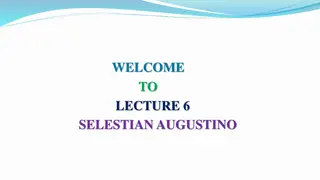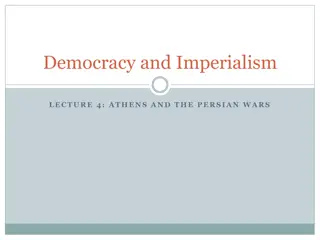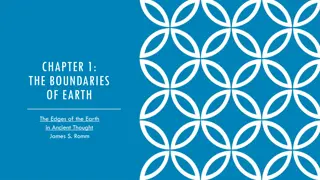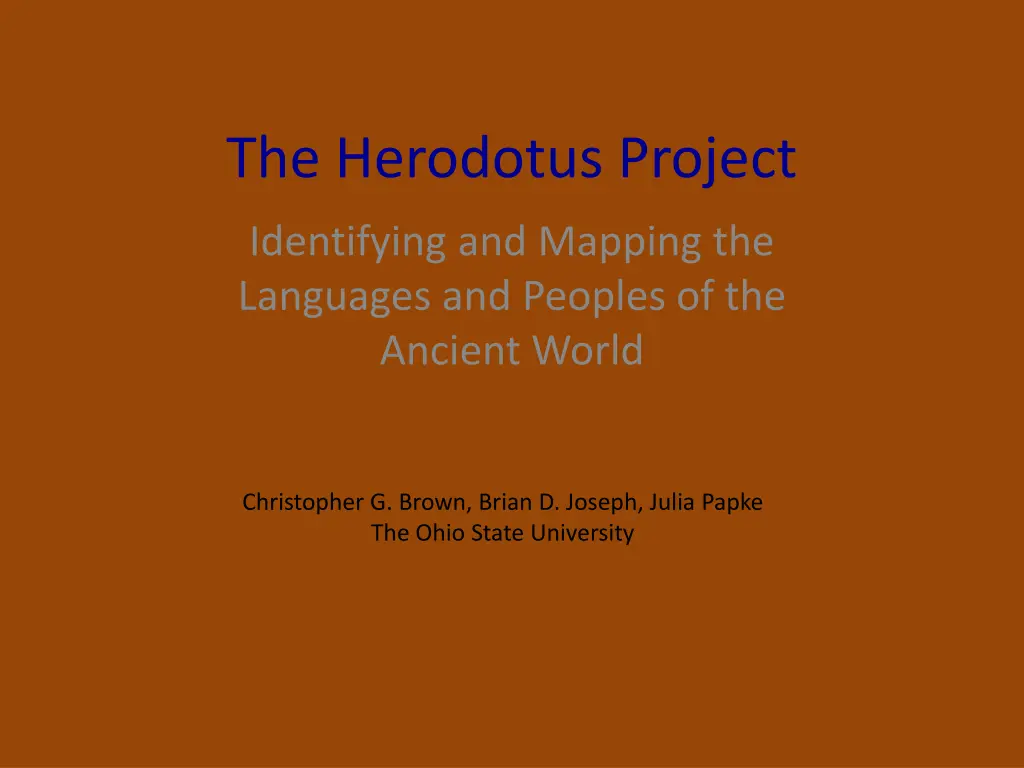
Mapping Languages and Peoples of the Ancient World: The Herodotus Project
Explore the groundbreaking Herodotus Project by Christopher G. Brown, Brian D. Joseph, and Julia Papke from The Ohio State University. Delve into the compilation of ethnographic evidence in Herodotus and other ancient sources to understand the rate of language loss in ancient times and the challenges faced in determining languages from historical references.
Download Presentation

Please find below an Image/Link to download the presentation.
The content on the website is provided AS IS for your information and personal use only. It may not be sold, licensed, or shared on other websites without obtaining consent from the author. If you encounter any issues during the download, it is possible that the publisher has removed the file from their server.
You are allowed to download the files provided on this website for personal or commercial use, subject to the condition that they are used lawfully. All files are the property of their respective owners.
The content on the website is provided AS IS for your information and personal use only. It may not be sold, licensed, or shared on other websites without obtaining consent from the author.
E N D
Presentation Transcript
The Herodotus Project Identifying and Mapping the Languages and Peoples of the Ancient World Christopher G. Brown, Brian D. Joseph, Julia Papke The Ohio State University
Also on the project: Anthony Aristar (EMU/LinguistList) Salikoko Mufwene (U of Chicago)
Original Impetus Statements about unprecedented rate of language loss in 20th century made us wonder what is known about the rate of language loss in previous times ( unprecedented presupposes that we know a point of comparison) So, might it be possible to get a sense of the rate of language loss in ancient times from a consideration of evidence from Herodotus? This led to the realization that such a project would require a compilation of the ethnographic evidence in Herodotus and other ancient sources, archaeological, epigraphical, as well as historiographic.
Problems with Original Plan Determining languages from Herodotean references to peoples Trite, but unavoidable, issue of dialect vs. language Even if these two problems could be settled, how far into historical time is a language/dialect to be tracked in order to count as still viable or gone?
Transformation of Project But, compiling ethnographic, geographic, linguistic, etc. information still seemed to be useful and important to do, leading to creation of a comprehensive database Amazingly, such a linguistically focused database/catalogue seems not to exist, even for as well-studied a Greek author as Herodotus
Related projects Ancient World Mapping Center at UNC/Chapel Hill,www.unc.edu/awmc TRISMEGISTOS interdisciplinary portal of papyrological and epigraphical resources from Egypt 800 BC-800 AD 800 www.trismegistos.org/ Project HESTIA: the Herodotus Encoded Space-Text-Imaging Archive www.open.ac.uk/Arts/hestia/
Combining a variety of different methods, it examines the ways in which space is represented in Herodotus' History, in terms of places mentioned and geographic features described It develops visual tools to capture the 'deep' topological structures of the text, extending beyond the usual two-dimensional Cartesian maps of the ancient world
Our project Adds a linguistic/ethnographical focus lacking in the Hestia project
An Ethnographical Database Open source database open to online contributions, subject to editorial review including historiographical testimonia, epigraphical and papyrological evidence, with fields for bibliography and notes on language, customs, geography, economy, appearance, art/iconography, customs, demography
Ethnographic Database Project http://www.ucl.ac.uk/~ucsalfo/EDP/Welcome.ht ml eHRAF World Cultures http://www.yale.edu/hraf/collections.htm American Folklife Center http://www.loc.gov/folklife/source/index.php


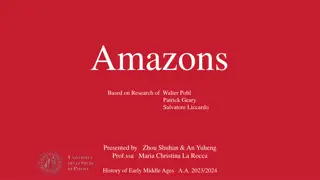
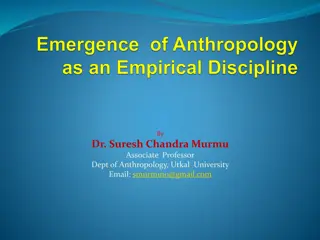
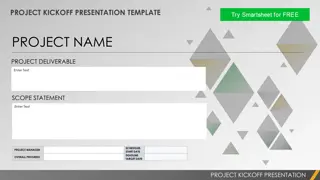
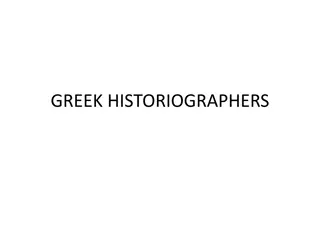
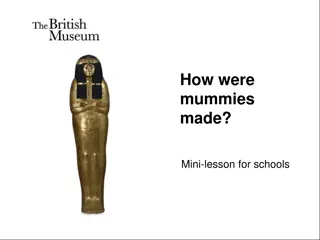
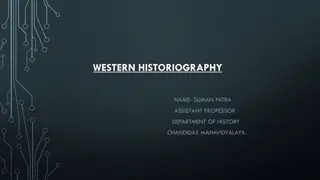

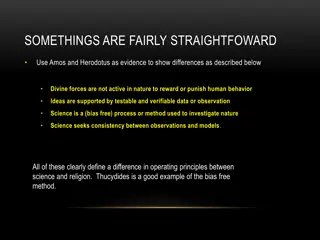
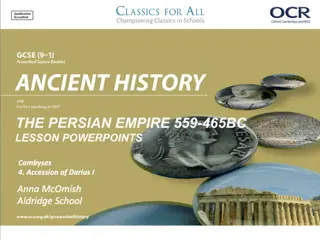

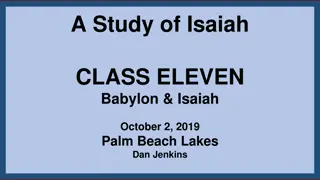
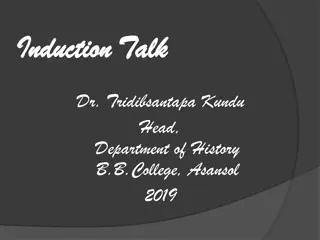
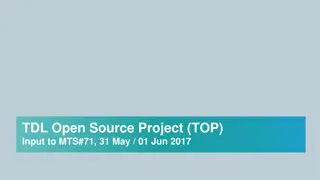
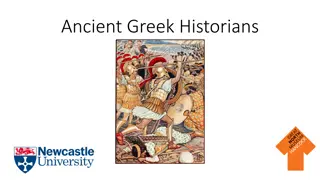

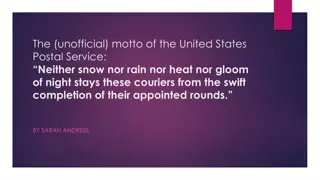
![Project Initiation Document for [Insert.Project.name] [Insert.Project.number]](/thumb/226757/project-initiation-document-for-insert-project-name-insert-project-number.jpg)
